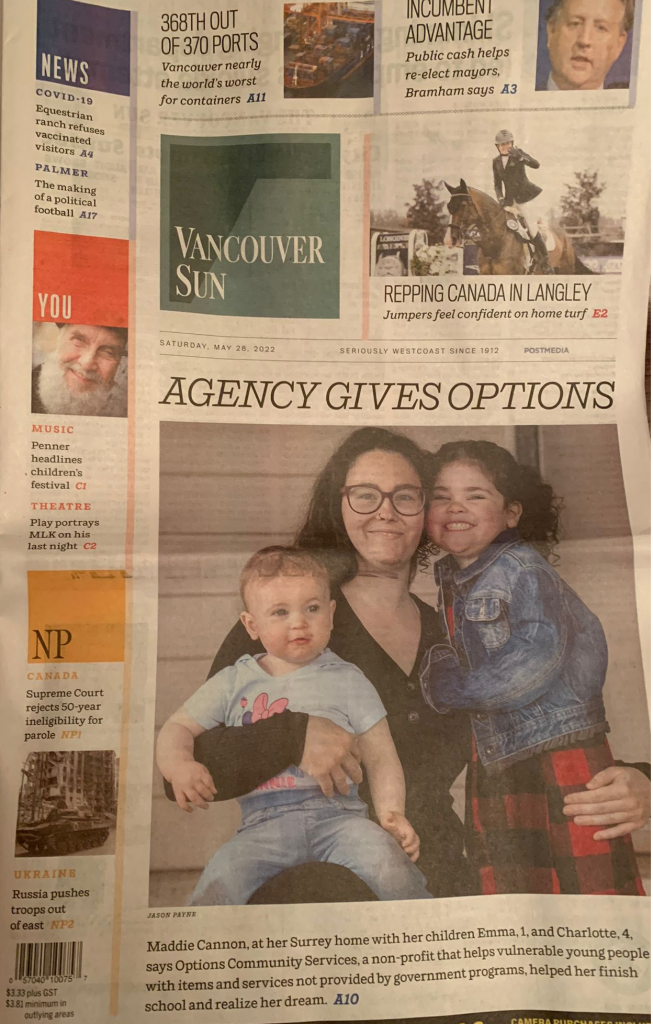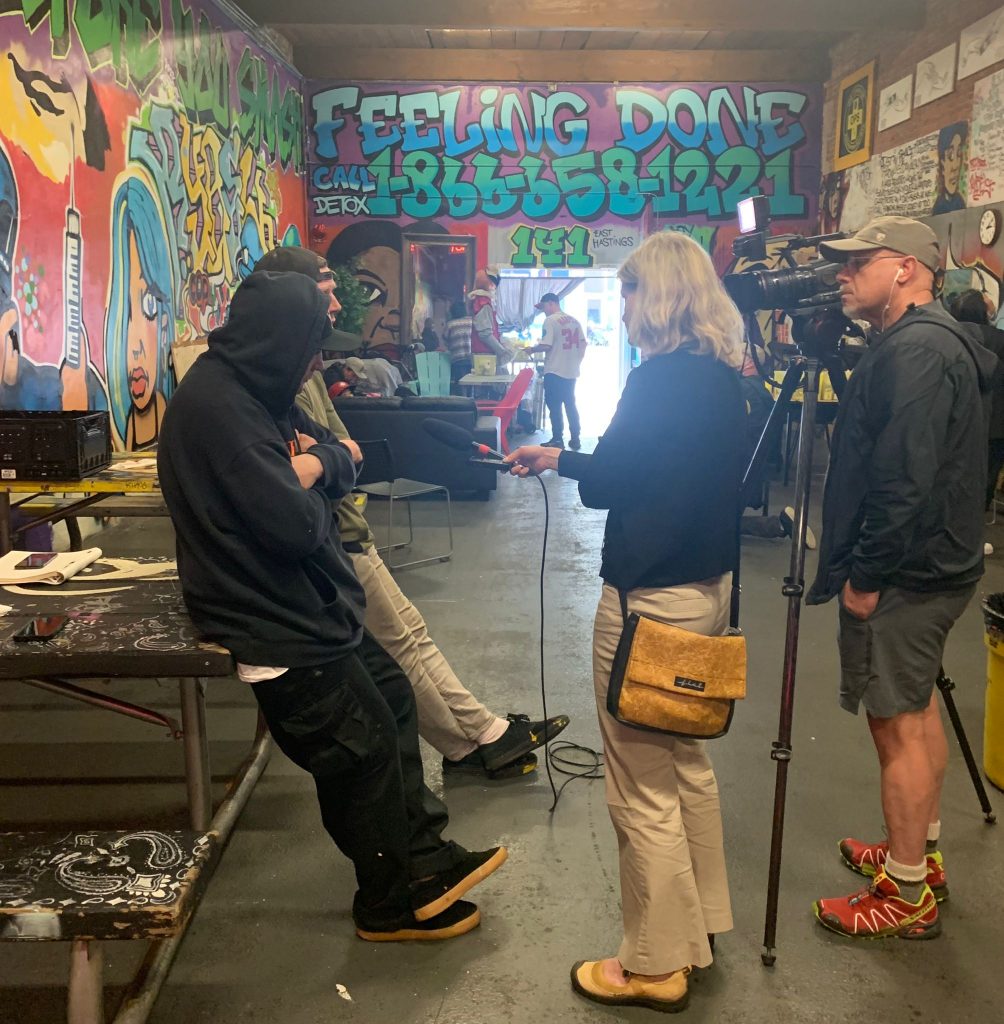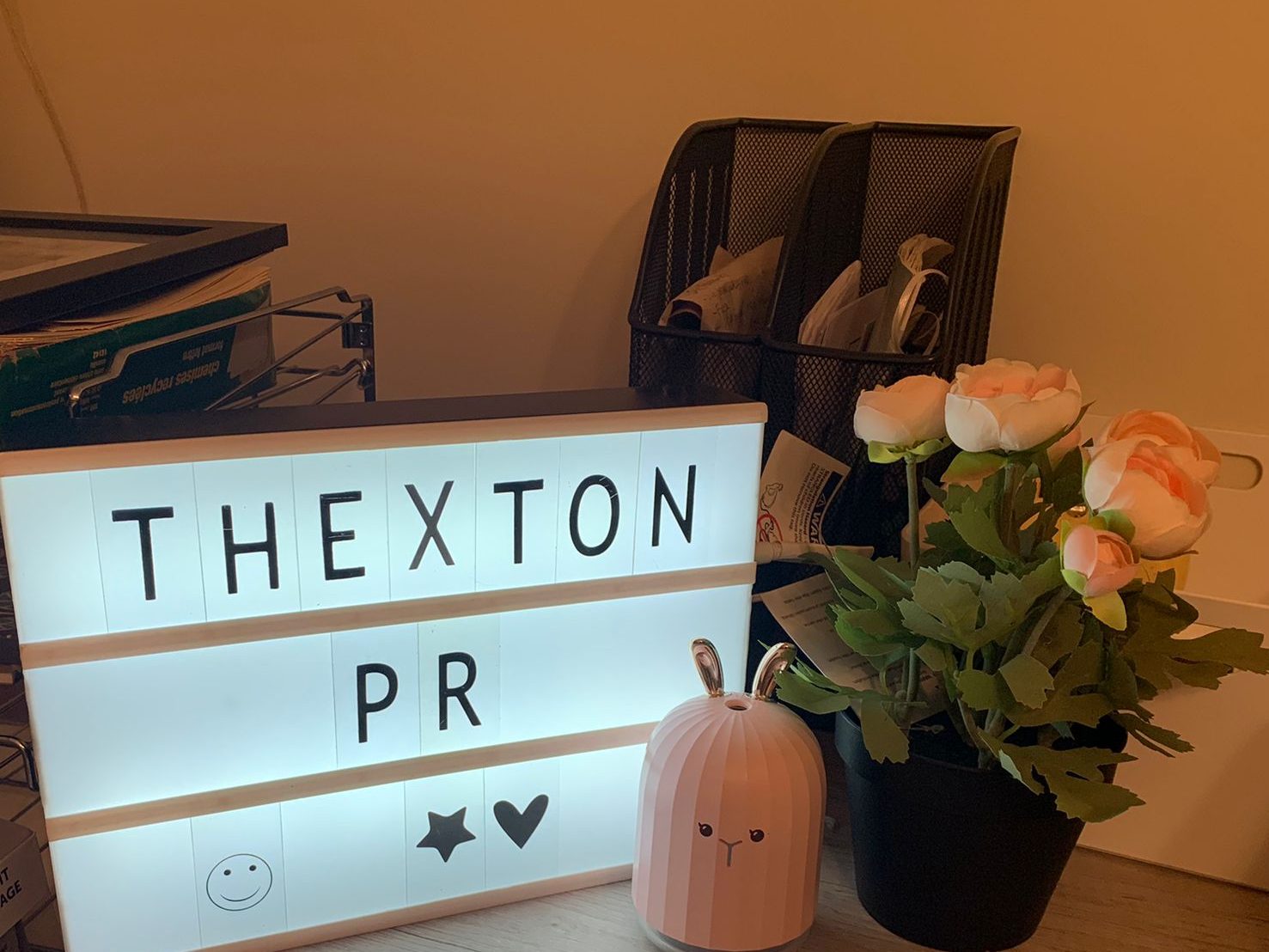There is much focus on influencers, bloggers, and digital strategy in 2022 PR and communications discussion. These are valuable parts of building profile and important dialogue with communities. Still, communicators and clients must not forget the trained, more traditional journalist and the how their work can reach millions, while also often becoming a focus point for online sharing and discussion.
When I started working in PR, we built long and detailed media lists and photocopied media hits and industry news for clients. As time passed, newsrooms shrunk, millions joined social media platforms and PR adapted. As communicators, we needed to ensure that we were still reaching the masses and meeting different segments of the population where they were gathering their news and information.
I am an advocate for the importance and value of journalism. I am saddened and frustrated due to the many talented journalists who lost their jobs during the emergence of digital yet excited that journalists still play a vital role in storytelling and keeping those in power accountable.
Reporters and editors remain front and centre in many of my PR plans but as they are different from the average blogger or influencer, it’s worth discussing media relations best practices. We need reminders on how the journalist works in 2022 and the best way we can work productively with them.

Personalized pitches trump the news release
There is a place for the press release and, in my opinion its serves as an excellent backgrounder for media on an announcement or product/service launch.
The personalized media pitch, however, is where you take everything you know about a journalist, their writing and interest areas, and provide them with the part of the story that is more likely to interest them. The personalized pitch is the strongest tool in the PR kit and needs to be considered carefully while sometimes including the press release in the background as a document of facts, quotes and specifics that help the journalist to add more context to your pitch. Sometimes it’s not a press release but instead a fact sheet or other background document that is recommended.
Content creation is win-win
Newsrooms are often short-staffed, and journalists are busy and not always able to pursue stories that interest them.
Working with your client to create content for a media outlet- an opinion piece, or ‘Letter to the Editor’, is a way of building profile for an issue without the need for a journalist to take on the heavy lifting of writing a story.
Nothing replaces the third-party news piece by a journalist but an opinion piece, for example, allows you the benefit of having control over the content.
There are two important details to remember around opinion pieces. First, an opinion piece first needs to be pitched and accepted by media, also the content cannot be promotional in tone. If promotional, it is better suited for sponsored content, a structure where you pay for the piece and have complete control over its content. The media outlet then lists that the content is sponsored by your company. There is a place for sponsored content but opinion pieces that are not self-promotional still help to establish your company’s author as an expert industry source, help to generate attention for an issue, and also help to build connection between your company and the topic of discussion.
Media have made digital a part of their news delivery- take advantage online
In my experience, when high profile media pieces run, this is often accompanied by a lot of social media dialogue, allowing your company to spread the news online to further increase the reach.
During my last Vancouver Sun feature for a client, the outlet sent a reporter, a photographer, and a videographer, ensuring that the news leant itself perfectly to social media, with video content posted to both the media website and to YouTube.

It doesn’t get much better than a print news feature mixed with digital content that can be spread far and wide online. Many media outlets are doing a fantastic job moving their “traditional” news outlet into the digital space.
As with any PR information conduit, relationships are vital
After two decades of PR work, my most valued asset, built over time, is my collection of authentic relationships with media.
Knowing that a reporter or editor will open my email and consider my pitch angle, often providing me with feedback, is priceless.
These relationships cannot be built overnight. They take time, effort, and trust. I try to help media with their stories whenever I can and when working with media on a story that I pitch, I work to provide them with everything they need as quickly as possible.
Authenticity and relevance are also key. Be honest, clear, and helpful. Media almost always appreciate this support and remember it going forward.
